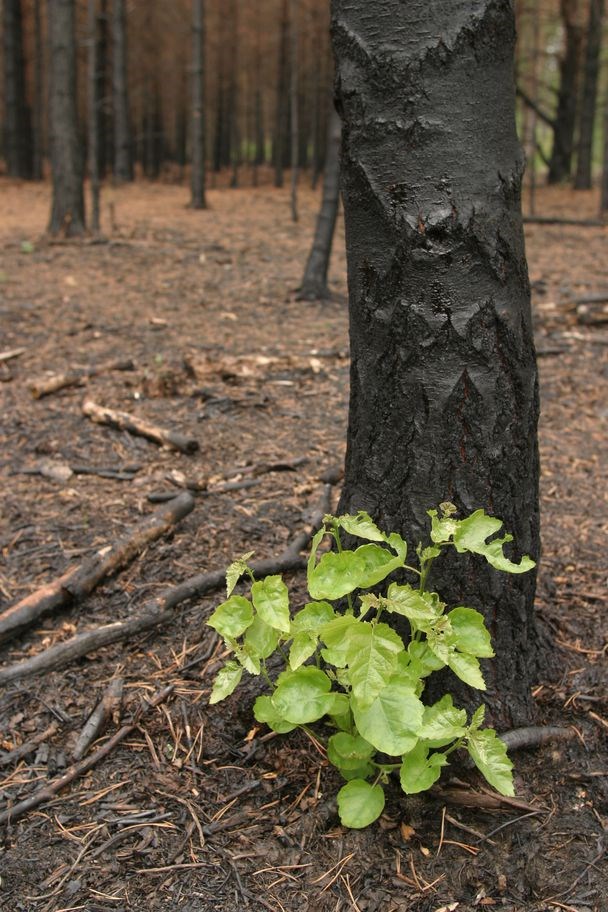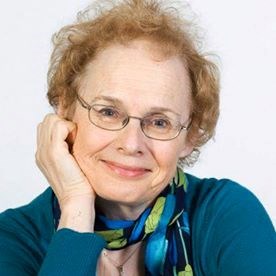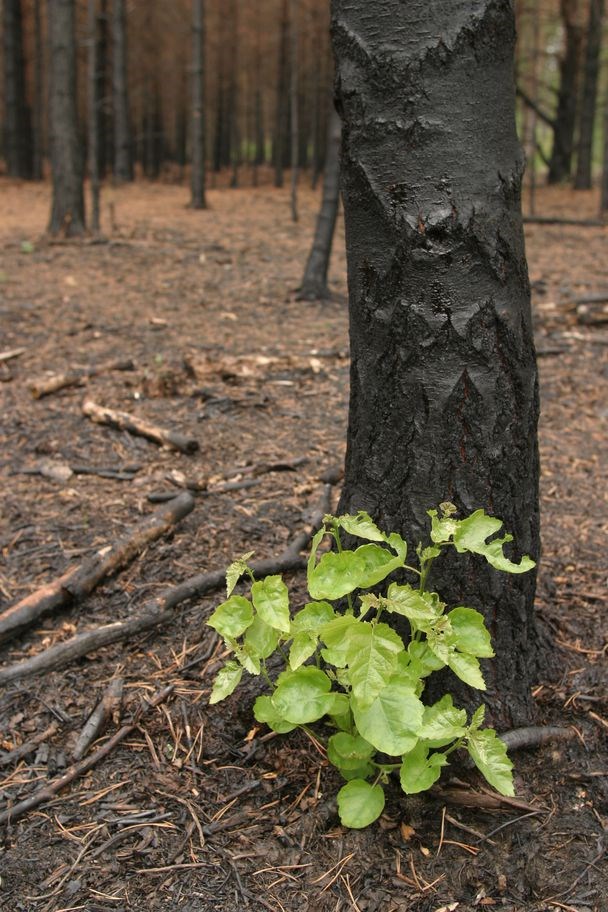 This year has not just been the hottest and driest on record in many parts of the world, it has included the most devastating and dangerous summer for wildfires.
This year has not just been the hottest and driest on record in many parts of the world, it has included the most devastating and dangerous summer for wildfires.
Every day the media gives more accounts of hectares of forest burned, property lost and families sifting through the rubble of their homes to try to find items with precious memories. What is not yet being talked much about are the health impacts on those affected by this kind of disaster and loss.
The BC government has a helpful that lists the social or financial assistance affected individuals can obtain, but the site gives little attention to the mental and physical health needs of those who experience ongoing trauma from such loss, despite significant increases in research around this issue and growing efforts in the medical field to address it.
One study from the indicates that for people in the path of this type of destruction, PTSD, depression and anxiety top the list of long-term mental health issues. Additionally, to deal with these issues, people often try to self-medicate with anti-depressants, alcohol or illegal drugs, which bring additional health challenges.
Yet, not everyone suffers in this way. Some people rise to the challenge presented and overcome the feelings of loss and mental disturbance. Learning from such individuals and communities can provide food for thought in how to care for ourselves and others in the face of disaster.
One man who has been an inspiration to me is my step-dad, John Ridley, a thoughtful and talented civil engineer who overcame great loss from a fire some decades ago.
Ridley’s story began with an idea that he hoped would inspire many. He wanted to restore an old water mill to full working condition for visitors to come and learn about an earlier Scottish way of life. He found a dilapidated 16th century mill in a tiny village north of Edinburgh. Despite many people telling him the task was impossible, he lovingly restored every inch of the ancient shell into a beautiful working mill, and opened it to the public, complete with a tearoom.
However, the winter after his first season, disaster struck. On a cold, snowy night, Ridley received a call from the police: his dream project was on fire. He got there just in time to see it collapse into a burning pile of rubble. All the hand-made wooden machinery, the construction plans, the history of the mill so lovingly gathered – everything – was destroyed. All that was left were four broken-down stone walls. He told me he felt as if his heart had been pulled out of him as he watched the flames take his beloved idea to the ground. He felt utterly shocked and devastated. Many today may feel that way when they look at their destroyed homes.
However, not all was lost. The first thing John Ridley realized was that the idea of the mill, and what it represented to him, had not burned. It was still intact in his thoughts. Suddenly, he knew that he could rebuild. That one thought reminded him of a sentence in the Bible – “Let us rise up and build.” This rousing call was made by Nehemiah, the Jewish rebuilder of the walls of Jerusalem. While the inhabitants of that city remained discouraged, depressed and heartbroken after the destruction of their city some years previously, Nehemiah refused that mental state and inspired them to see that an idea cannot be destroyed. He rallied them to rebuild the physical structures that expressed the idea.
For Nehemiah, it wasn’t just about rebuilding a wall, but what it represented – a protection, safety, unity and stability. ��He knew that he also had to rebuild the people's That’s what Nehemiah wanted to restore. Perhaps today those people of Jerusalem would be diagnosed with depression or PTSD. What healed them was rebuilding a sense of spiritual unity with the divine, and thereby with each other. That awareness enabled them to feel safe and secure. And they rebuilt the wall in record time.
What I’ve gained from both these examples is that life is so much more than just the physical things that we build to sustain our wellbeing. Life is an idea of an indestructible divine Being, and even a little understanding of that brings with it a sense of security that protects and heals us, even amidst the shocks that human life can often bring.
Nehemiah’s story rallied John Ridley out of his shock. He saw in that timeless, ancient story a relevance to his own situation. For Ridley, the mill represented a place in the community for folk to gather, where travellers could be welcomed and fed, and people could buy the most needed commodities in Scotland –��flour and oatmeal. He began to look forward. He rallied the community, began to rebuild immediately, and was open again that summer. Today, over thirty years later, the����still stands, full of activity, welcoming all.
The beliefs around sudden, shocking loss, such as wildfires, do not have to pull us down. The needed things that represent all that we love can be restored.
Former US President, John F. Kennedy famously said:
“A man may die, nations may rise and fall, but an idea lives on. Ideas have endurance without death."
Within a week wildfires, one can already see green shoots pushing through the burnt soil. They are like a beacon of hope, reminding us that the idea of life is eternal. It can never be destroyed in any form. Because of that, we need not feel defeated. Like Nehemiah, we can say, “Let us rise up and build!”
 Anna Bowness-Park��is a Christian Science practitioner. You can find her blog at��
Anna Bowness-Park��is a Christian Science practitioner. You can find her blog at��
You can read more articles on our interfaith website, The Spiritual View,
��


